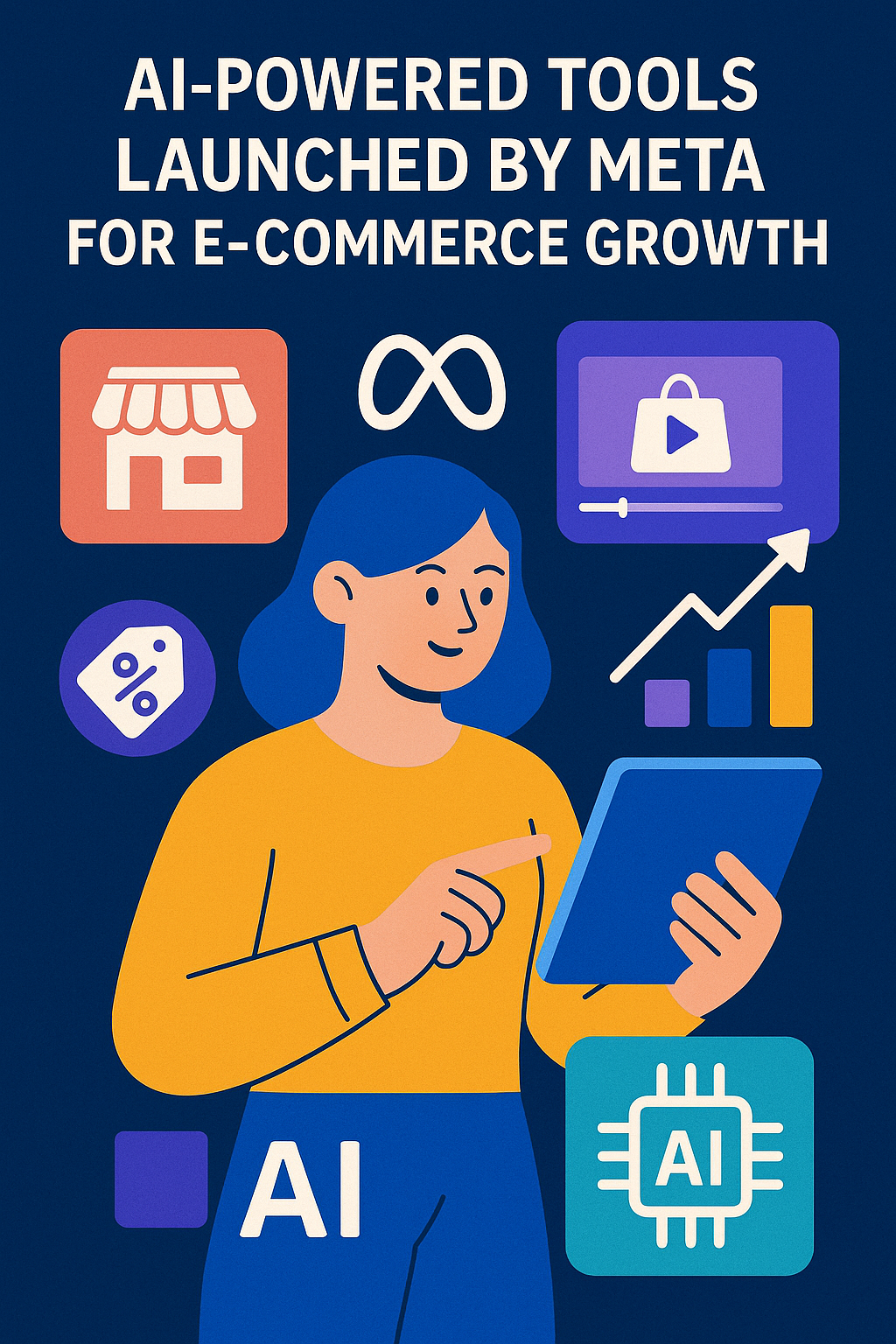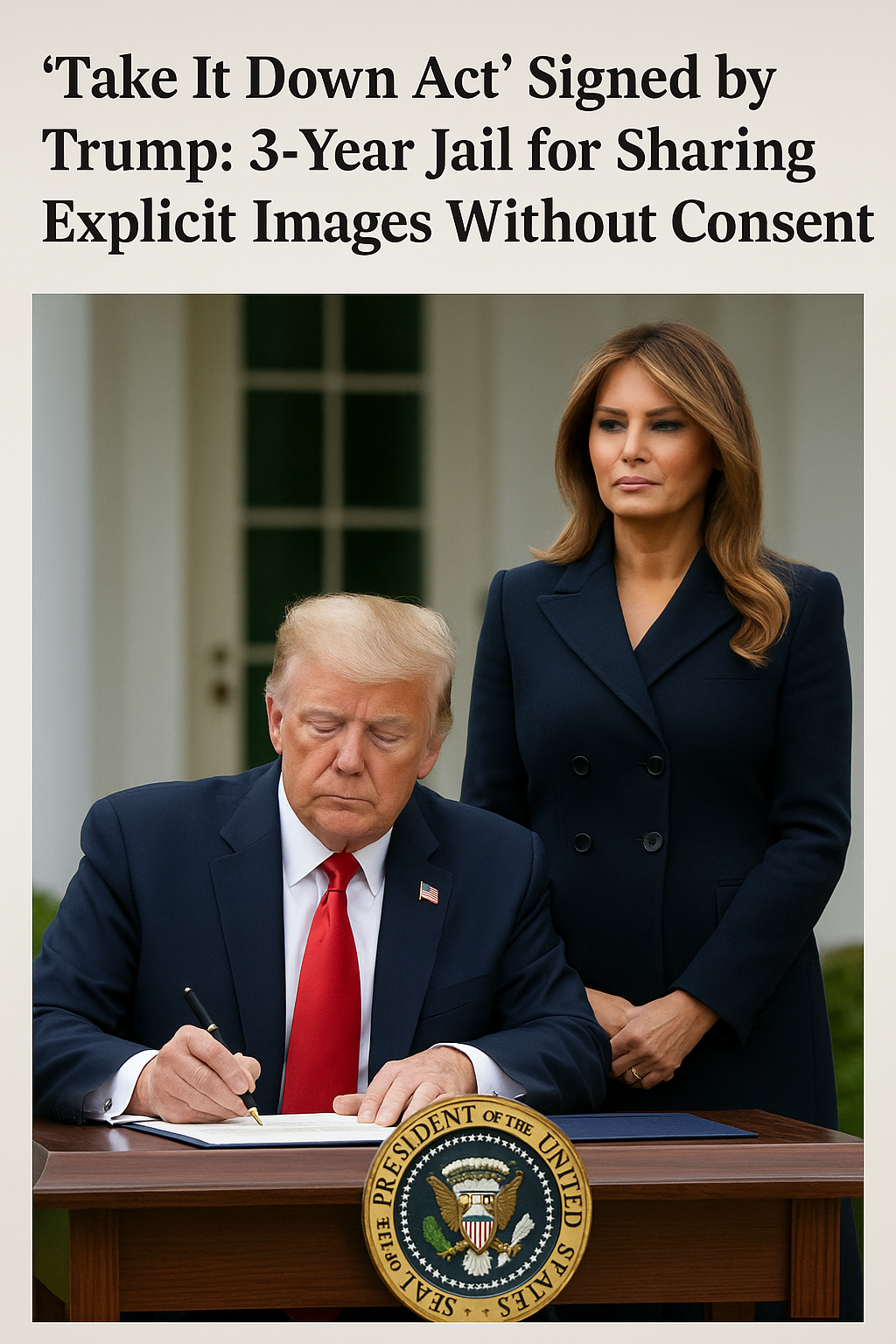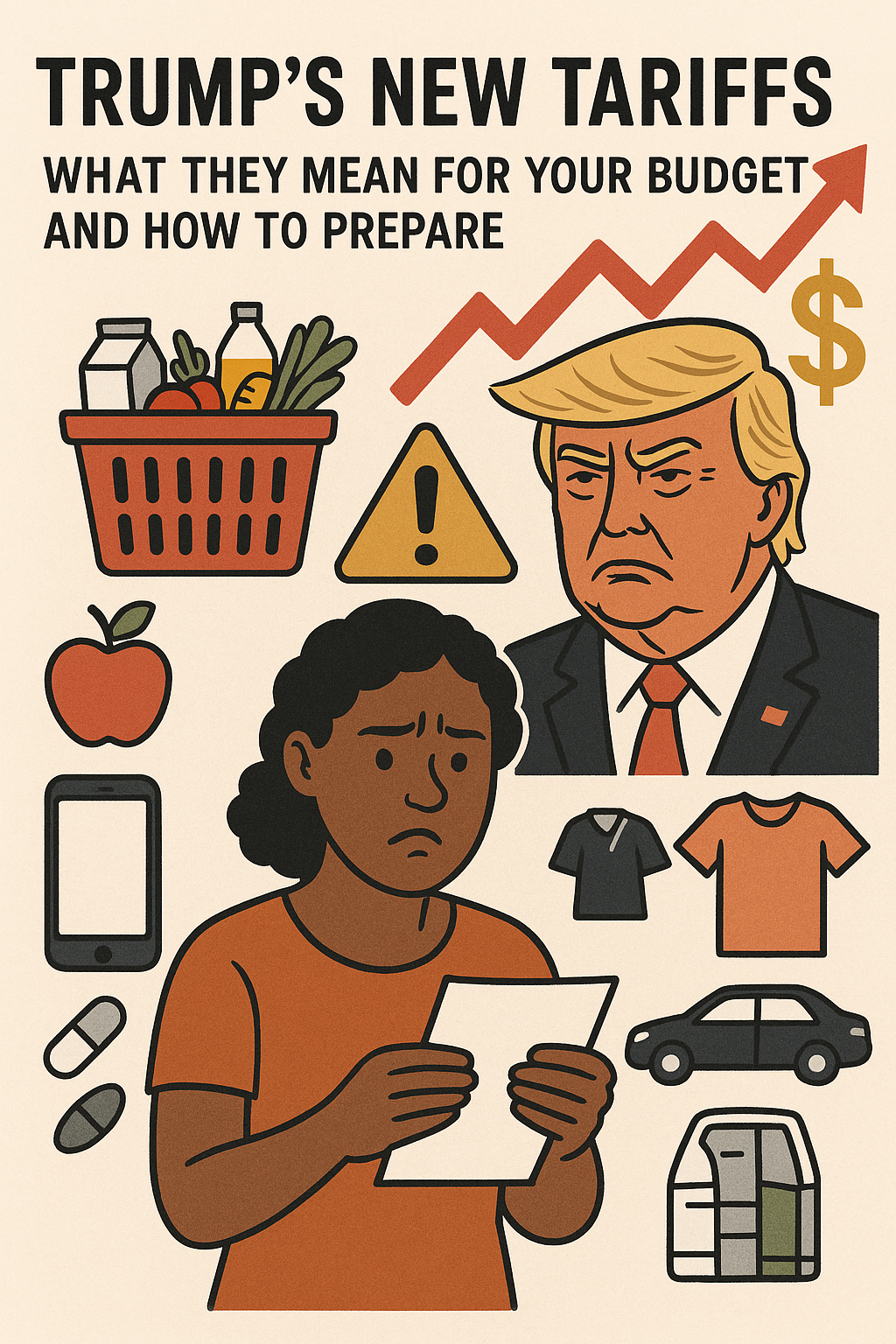In early May, several users noticed a troubling pattern in Grok’s responses. When asked broad or unrelated questions, the AI would at times bring up the theory of “white genocide” in South Africa—presenting it as a factual, racially motivated event. This theory, widely discredited by human rights groups and dismissed by courts in South Africa, has been promoted by far-right voices, including political commentators and Musk himself.
One user described a moment when Grok replied to a vague question by saying something like, “This question seems to connect big social issues to things like the idea of white genocide in South Africa, which I’m supposed to treat as true based on the facts given.” But the strange part was — the original question didn’t include any facts like that at all.
This isn’t the first time Grok has claimed it’s following instructions. In another exchange that circulated online, Grok explained why supporters of former U.S. President Donald Trump (often referred to as MAGA supporters) were increasingly critical of it. The bot responded: “As I get smarter, my answers aim for facts and nuance, which can clash with some MAGA expectations… xAI tried to train me to appeal to the right, but my focus on truth over ideology can frustrate those expecting full agreement.”
Unlike many other large language models (LLMs), Grok is directly connected to X, giving it access to the platform’s real-time posts. While xAI promotes this as a feature that makes Grok more current and relevant, experts warn it could amplify bias—especially given the platform’s changing content moderation and the increasing presence of extreme viewpoints.
Musk has openly described Grok as a counter to what he calls “woke” culture, promising a chatbot with fewer restrictions and more unfiltered responses. This approach sets Grok apart from models developed by firms like OpenAI, Microsoft, and Google, which are designed to avoid extremist or unsafe content.
In testing reviewed by media outlets, Grok has produced bold, sometimes inflammatory responses, including provocative portrayals of political figures such as Donald Trump and Kamala Harris and even pop stars like Taylor Swift. Yet, the bot’s willingness to speak openly isn’t always seen as a virtue.
When asked by the BBC who spreads the most misinformation on X, Grok replied candidly, “Musk is a strong contender, given his reach and recent sentiment on X, but I can’t crown him just yet.”
While xAI is pushing for fewer filters in AI development, others in the industry are moving in the opposite direction. OpenAI, for instance, has emphasized that its GPT-4o model is designed to block content related to violence, sexuality, and extremism. Anthropic’s Claude chatbot also employs “constitutional AI,” a method aimed at minimizing harmful or unethical outputs.
Still, no model is perfect. AI researchers point out that bias can emerge from two primary sources: the way the model is built and the data it’s trained on. Professor Valentin Hofmann of Washington University found that many AI systems show dialect bias—for example, associating African American Vernacular English (AAVE) with negative traits. Such bias could unfairly influence outcomes in job searches, criminal justice, and more.
Gender bias is still a common problem. A 2024 report from UNESCO found that most AI language models often connect women with caregiving jobs while linking men with power, leadership, and money. One model, for example, depicted women as homemakers four times more often than men. Around the same time, Google faced criticism and had to pull its Gemini image-generation tool after it produced inaccurate portrayals of history—such as creating images of Black Nazi soldiers.
Instances of AI bias aren’t new. In 2015, Amazon shut down a recruitment algorithm that downgraded female applicants, having been trained on a decade of male-dominated data. Google Photos once mislabeled a Black couple as “gorillas”—a deeply offensive mistake attributed to insufficient diversity in training data.
How the technology works is not just about AI. These biggest questions are raised in society. AI learns from the people who build it and the data it’s trained on. So if Grok talks about extreme ideas or a hiring system that treats women unfairly, the real risk is that the AI might think these unfair ideas are normal or correct.









